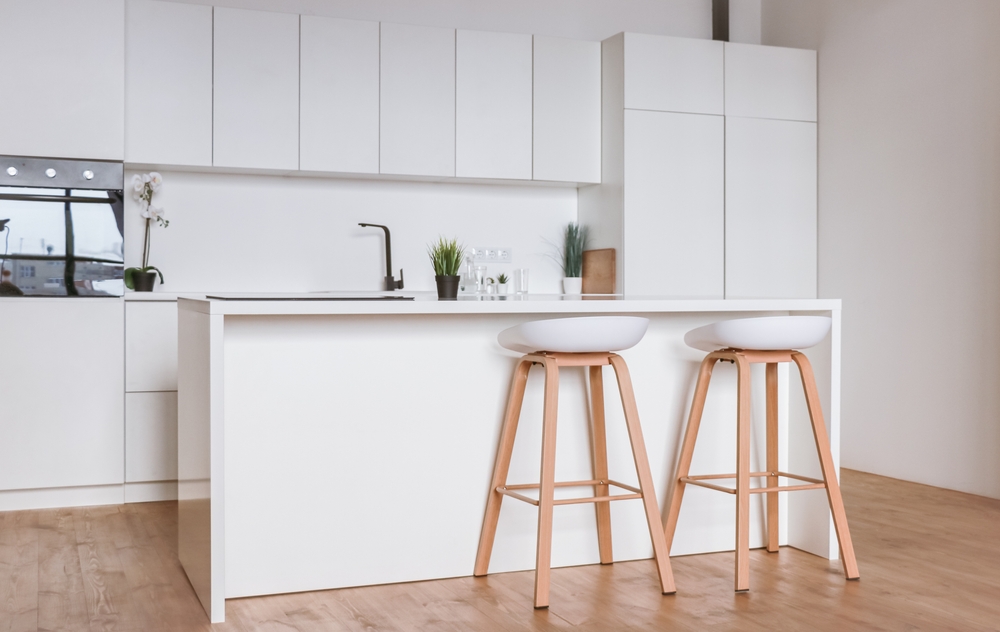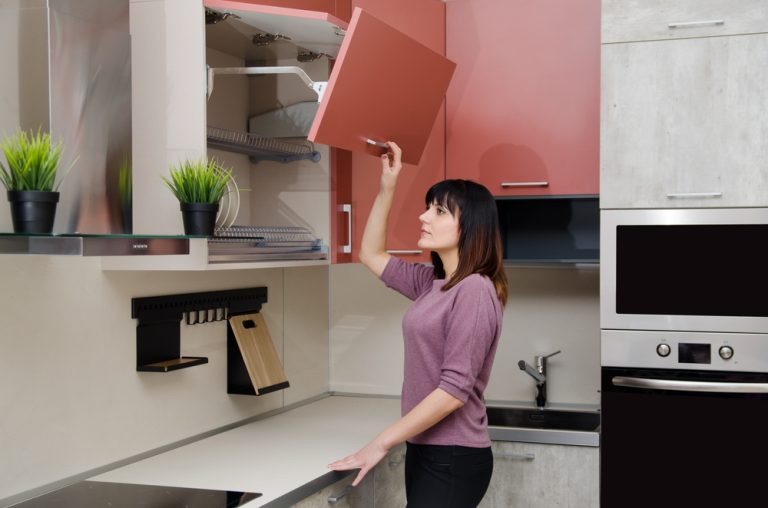Is MDF Good for Kitchen Cabinet Doors?

When it comes to choosing materials for kitchen cabinet doors, homeowners often weigh the pros and cons of various options to find the best balance between cost, durability, and aesthetics. One material that frequently comes up in these discussions is MDF, or Medium-Density Fiberboard. But is MDF good for kitchen cabinet doors?
In this blog, we’ll explore the properties of MDF, its advantages and disadvantages, and whether it’s a good choice for your kitchen cabinets.
What is MDF?
Before diving into whether MDF is good for kitchen cabinet doors, it’s important to understand what MDF is and how it differs from other materials.
Understanding MDF
- Composition: MDF is an engineered wood product made from wood fibers, resin, and wax, compressed under high pressure to form dense, smooth panels. It’s similar to particleboard but denser and stronger, offering a more refined finish.
- Versatility: MDF is known for its versatility in the world of cabinetry and furniture. It can be easily cut, shaped, and painted, making it a popular choice for a variety of applications, including kitchen cabinet doors.
- Cost-Effective: Compared to solid wood and plywood, MDF is generally more affordable, which makes it an attractive option for budget-conscious homeowners.
Advantages of Using MDF for Kitchen Cabinet Doors
MDF has several advantages that make it a compelling option for kitchen cabinet doors, especially when compared to other materials.
Key Advantages
- Smooth Surface: MDF provides a smooth, uniform surface that’s ideal for painting. Unlike solid wood, MDF doesn’t have grain patterns or knots, which means it can be painted evenly without any visible imperfections.
- Customizable: MDF is easy to work with, allowing for a high degree of customization. It can be cut into intricate shapes and designs, making it a great option for decorative cabinet doors with detailed profiles.
- Stability: One of the standout features of MDF is its stability. MDF doesn’t expand or contract with changes in humidity and temperature as much as solid wood does, which makes it less prone to warping and cracking. This stability is especially beneficial in kitchens, where humidity and temperature levels can fluctuate frequently.
- Cost-Effective: As mentioned earlier, MDF is generally more affordable than solid wood or high-grade plywood. This makes it an attractive option for homeowners looking to achieve a high-end look without breaking the bank.
- Environmentally Friendly: MDF is often made from recycled wood fibers, making it a more sustainable option compared to solid wood, which requires the harvesting of trees.
Disadvantages of Using MDF for Kitchen Cabinet Doors
While MDF offers many benefits, it’s not without its drawbacks. Understanding these potential downsides is crucial when deciding if MDF is good for your kitchen cabinet doors.
Key Disadvantages
- Moisture Sensitivity: One of the biggest concerns with MDF is its sensitivity to moisture. If MDF gets wet, it can swell, warp, or even break down over time. This makes it less suitable for areas of the kitchen where it might be exposed to water, such as near sinks or dishwashers. However, proper sealing and painting can help mitigate this issue.
- Weight: MDF is heavier than many other materials used for cabinet doors, such as plywood. This extra weight can make installation more challenging and may require stronger hinges to support the doors properly.
- Susceptibility to Damage: While MDF is strong, it is also more susceptible to certain types of damage compared to solid wood. For example, MDF can dent or scratch more easily, and it may not hold screws as securely as solid wood or plywood. This can be a concern if you need to make adjustments or repairs to your cabinets down the line.
- Limited Lifespan: MDF may not last as long as solid wood, especially in high-traffic or high-use areas. Over time, the material can wear down, and its appearance may degrade faster than more durable options. sustainable option compared to solid wood, which requires the harvesting of trees.
Comparing MDF to Other Materials
To fully answer the question, “Is MDF good for kitchen cabinet doors?” it’s helpful to compare MDF to other common materials used in cabinetry, such as solid wood and plywood.
MDF vs. Solid Wood
- Durability: Solid wood is generally more durable and long-lasting than MDF. It can withstand more wear and tear and is less susceptible to moisture damage when properly sealed. However, solid wood is also more expensive and can be prone to warping and cracking in response to humidity changes.
- Aesthetics: Solid wood offers a natural, authentic look with unique grain patterns and knots that many homeowners find appealing. MDF, on the other hand, provides a smooth, uniform surface that’s ideal for a sleek, painted finish but lacks the natural beauty of wood.. sustainable option compared to solid wood, which requires the harvesting of trees.
MDF vs. Plywood
- Strength: Plywood is stronger and more resilient than MDF, particularly in terms of holding screws and resisting impact. It’s also more moisture-resistant, especially when using marine-grade or exterior-grade plywood.
- Cost: Plywood is generally more expensive than MDF, especially high-quality plywood with multiple layers. However, the added durability and moisture resistance may make it a better long-term investment for some homeowners.
MDF vs. Particleboard
- Quality: MDF is denser and stronger than particleboard, which is another engineered wood product made from wood chips and resin. Particleboard is less expensive but also less durable, making MDF a better choice for cabinet doors.
- Finish: MDF provides a smoother surface for painting and finishing compared to particleboard, which may show more imperfections.
Best Practices for Using MDF in Kitchen Cabinets
If you decide that MDF is a good choice for your kitchen cabinet doors, there are several best practices you can follow to ensure the best results.
Tips for Working with MDF
- Seal the Edges: The edges of MDF are particularly prone to absorbing moisture. Seal the edges with a quality primer or wood sealer before painting to prevent swelling.
- Use High-Quality Paint: To protect MDF from moisture and wear, use high-quality paint and apply multiple coats. Consider using a water-resistant topcoat for added protection, especially in kitchens.
- Proper Installation: Due to its weight, MDF requires sturdy, well-anchored hinges and hardware. Make sure the cabinets are installed properly to support the weight of the doors.
- Avoid Direct Water Exposure: If possible, avoid using MDF in areas where it will be exposed to direct water contact. For example, consider using plywood or solid wood near sinks or dishwashers.
Conclusion
So, is MDF good for kitchen cabinet doors? The answer depends on your specific needs and preferences. MDF offers many advantages, including a smooth surface for painting, stability, and cost-effectiveness, making it a popular choice for many homeowners. However, its moisture sensitivity and potential for damage are important considerations, especially in a kitchen environment.
If you’re looking for an affordable, customizable option that can provide a sleek, painted finish, MDF can be a great choice for your kitchen cabinet doors. However, if durability and moisture resistance are top priorities, you may want to consider other materials like solid wood or plywood. Ultimately, understanding the pros and cons of MDF will help you make an informed decision that suits your kitchen’s design and functional needs.






